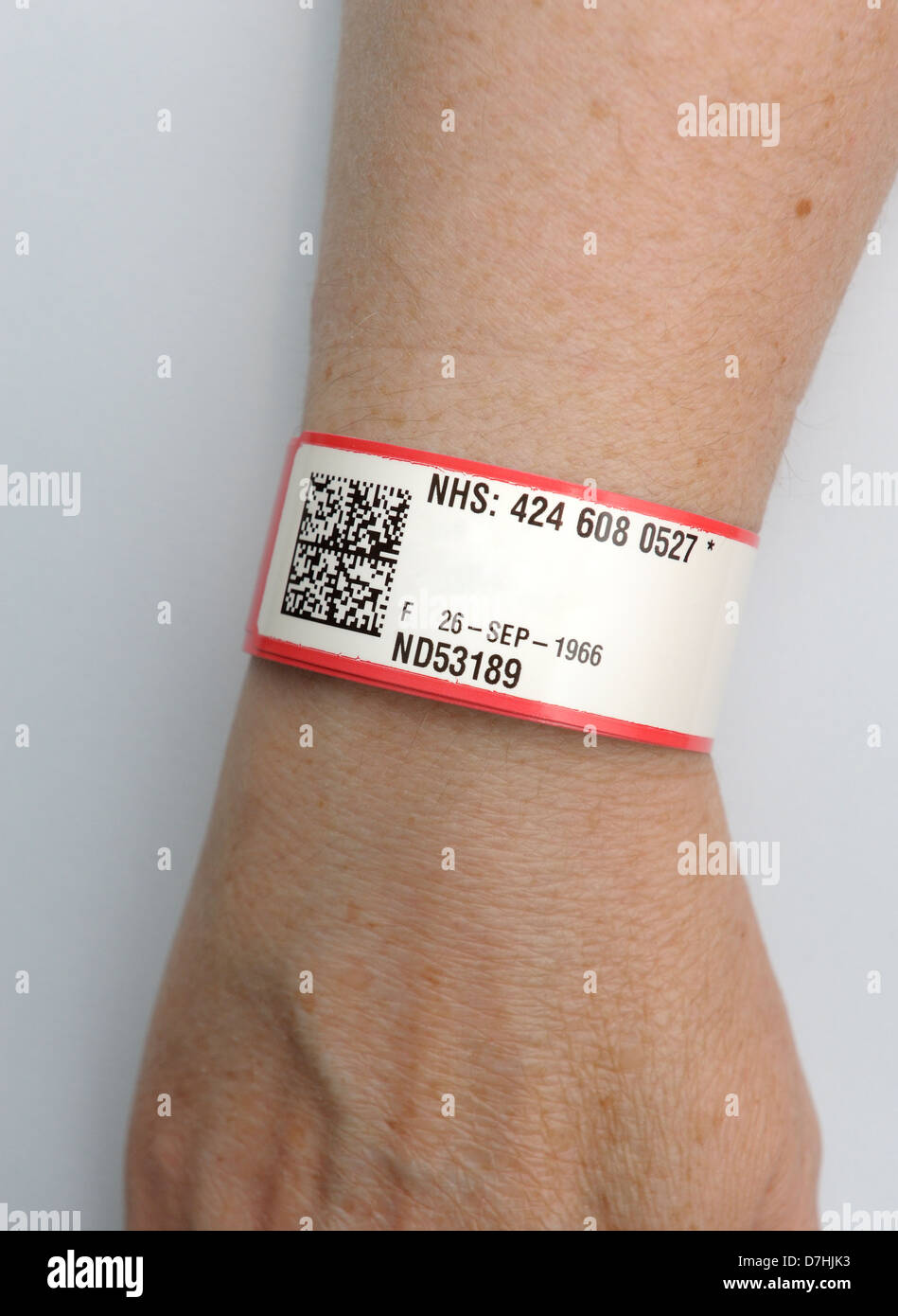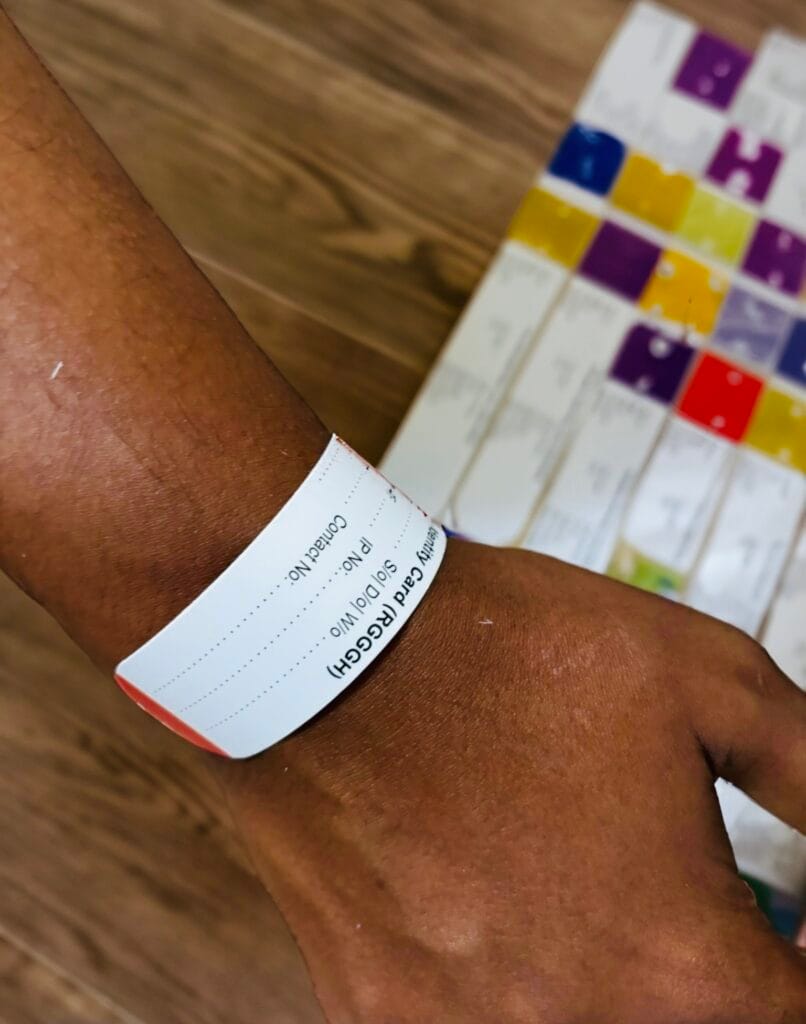Just How Patient Identification Band Helps Prevent Medical Errors and Mistakes
Just How Patient Identification Band Helps Prevent Medical Errors and Mistakes
Blog Article
Improving Person Treatment With Efficient Recognition Bands
The execution of reliable identification bands is an essential component in boosting person care within healthcare setups. As the landscape of patient recognition evolves, one need to consider the implications of these systems on overall healthcare distribution and person results.
Value of Person Recognition
Making sure precise patient recognition is crucial in health care settings, as it straight affects the safety and security and top quality of treatment offered. Misidentification can result in major mistakes, consisting of carrying out the wrong medication, performing incorrect procedures, or miscommunicating vital client info. Such errors not only endanger client safety yet can additionally cause lawful implications and lowered rely on health care systems.
Efficient patient recognition is fundamental to developing a protected atmosphere where clients receive ideal and tailored treatment. It helps with the accurate documents of case histories, allergies, and therapy strategies, making sure that health care service providers have accessibility to vital info in all times. Additionally, durable recognition protocols assist simplify communication among clinical staff, improving collaboration and reducing the risk of errors.

Types of Recognition Bands
Recognition bands play an essential duty in preserving exact individual records and enhancing safety and security within medical care environments. Various types of recognition bands are made use of to provide to the particular demands and needs of different person populaces.

Another kind is the ankle band, which is especially valuable for babies and babies, guaranteeing that recognition stays undamaged even throughout care treatments. Specialized bands, such as those for allergic reaction alerts or drop danger indicators, supply added layers of security by attracting immediate interest to vital individual problems.
Just recently, electronic identification bands have actually gained appeal, integrating barcodes or RFID modern technology that can be checked to promptly fetch person data. These bands streamline operations and reduce the risk of human mistake throughout person identification processes.
Advantages of Effective Identification
Reliable identification of clients through the use of recognition bands adds dramatically to overall client safety and security and care high quality. By making sure that each client is precisely recognized, medical care suppliers can effectively match medical therapies and treatments to the correct person, lessening the risk of mistakes. This is specifically important in atmospheres with high client turnover, where the potential for misidentification is greater.
Furthermore, efficient recognition bands enhance interaction amongst medical care teams. Precise and clear individual identification fosters cooperation and makes sure that all employee are mindful of a patient's details needs and clinical background. This interaction is necessary for delivering collaborated care, especially in emergency situation scenarios where time is important.

Inevitably, efficient identification with using identification bands not only safeguards individuals yet also advertises a society of safety and security within medical care centers (Patient Identification Band). By focusing on exact identification, healthcare organizations can boost outcomes and enhance the overall individual experience
Applying Identification Equipments
While the relevance of client identification is well acknowledged, the execution of robust identification systems postures a facility challenge for health care companies. Establishing effective identification systems needs an extensive technique, including technology, personnel training, and process assimilation.
First, companies must select appropriate identification modern technologies, such as barcode scanning, RFID, or biometric systems. Patient Identification Band. These technologies ought to be assessed based on price, usability, and compatibility with existing framework. A pilot program can aid identify potential concerns before full-blown application
Next, extensive training for team is important. All workers should understand the value of precise client identification and excel in using the selected modern technologies. Normal training updates and assessments can reinforce best practices and make sure ongoing conformity.
In addition, medical care organizations should develop see post standardized procedures for person identification throughout all departments, improving and minimizing inconsistencies communication. Routine audits can help identify voids in adherence to these methods.

Inevitably, a reliable execution of recognition systems not just improves person security yet additionally fosters a society of responsibility and persistance within healthcare settings, making sure reliable and regular client care.
Future Trends in Patient Identification
Improvements in innovation are readied to reinvent person identification methods in medical care settings. The combination of biometric identification methods, such as fingerprinting and face acknowledgment, is expected to enhance precision and safety. These technologies can dramatically reduce the threat of misidentification, ensuring that patients obtain the right treatments and medicines.
In addition, the execution of blockchain innovation for individual records is acquiring traction. This decentralized method can give a tamper-proof and secure technique for handling individual identifications, therefore streamlining access to vital info across different doctor.
An additional trend is the raising use of mobile health and wellness applications that leverage QR codes for patient recognition. These applications enable real-time updates and easy accessibility to client data, equipping medical care experts to make enlightened decisions quickly.
Furthermore, fabricated knowledge (AI) is poised to play a key role in assessing patient recognition information, identifying patterns, and predicting possible official statement recognition mistakes prior to they take place.
As these innovations advance, they guarantee not only to improve client safety but likewise to enhance the general effectiveness of healthcare delivery systems. Accepting these developments will be vital for future-proofing person treatment practices.
Conclusion
In conclusion, effective identification bands are essential for improving individual security and care high quality within health care settings. By minimizing the threats associated with misidentification, these bands promote exact and prompt information access, eventually enhancing interaction amongst doctor. The implementation of durable identification systems not only promotes a culture of safety but likewise settings medical care organizations to adjust to future fads in patient recognition technology, making certain optimum end results for individuals in diverse scientific environments.
As the landscape of individual identification develops, one must take into consideration the implications of these systems on general healthcare delivery and person outcomes.Efficient patient identification is fundamental to developing a safe and secure setting where patients get appropriate and personalized treatment. Ultimately, focusing on efficient patient recognition techniques not just cultivates a society of safety yet likewise contributes to boosted individual results and overall contentment with medical care services.
Reliable identification of people through the use of recognition bands contributes substantially to overall individual safety and security and care quality. The implementation of robust recognition systems not just cultivates a culture of safety and security but additionally settings medical care organizations to adapt to future fads in patient recognition technology, making certain ideal results for patients in varied professional atmospheres.
Report this page